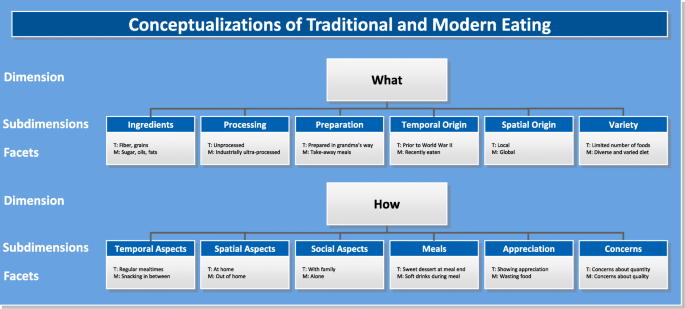

This review paper presents the classification of food items and discusses different physical, chemical, and biological factors of food spoilage. An analysis of the UNIDO Industrial Statistics Database (2005) shows that food processing in developing countries is an auspicious component of the manufacturing sector, and the contribution of food processing industries to the national GDP increases with country’s national income. Rapid globalization and industrialization are the major contributing factors for the progress of food processing industries in different countries. Therefore, an integrated approach would be useful to preserve food items during food production and processing stages.Īt present, the global market of the processed food items is about 7 trillion dollars, which is gradually growing with time. The processing of food preservation has become highly interdisciplinary since it includes stages related to growing, harvesting, processing, packaging, and distribution of foods. Scientific advancements and progresses are contributing to the evolution of existing technologies and innovation of the new ones, such as irradiation, high-pressure technology, and hurdle technology. Ĭonventional food preservation techniques like drying, freezing, chilling, pasteurization, and chemical preservation are being used comprehensively throughout the world. Different cultures at different times and locations used almost the similar basic techniques to preserve food items. Knowing the techniques of preserving foods was the first and most important step toward establishing civilization.

The history of ‘Food Preservation’ dates back to ancient civilization when the primitive troupe first felt the necessity for preserving food after hunting a big animal, which could not be able to eat at a time. The principal objective of food preservation is to increase its shelf life retaining original nutritional values, color, texture, and flavor. Food preservation is defined as the processes or techniques undertaken in order to maintain internal and external factors which may cause food spoilage. Therefore, foods are required to be preserved to retain their quality for longer period of time. Nutritional values, color, texture, and edibility of foods are susceptible to spoilage. Foods undergo spoilage due to microbial, chemical, or physical actions. Foods are plant or animal origin and contain moisture, protein, lipid, carbohydrate, minerals, and other organic substances. Furthermore, the market economy of preserved and processed foods has been analyzed in this article.įoods are organic substances which are consumed for nutritional purposes. This article also presents different food categories and elucidates different physical, chemical, and microbial factors responsible for food spoilage.

This review article presents and discusses the mechanisms, application conditions, and advantages and disadvantages of different food preservation techniques. Highly advanced technologies like irradiation, high-pressure technology, and hurdle technology are used to preserve food items. In recent years, the techniques to combat these spoilages are becoming sophisticated and have gradually altered to a highly interdisciplinary science.

To impede chemical and microbial deterioration of foods, conventional and primitive techniques of preserving foods like drying, chilling, freezing, and pasteurization have been fostered. Food spoilage could be caused by a wide range of chemical and biochemical reactions. The key objectives of food preservation are to overcome inappropriate planning in agriculture, to produce value-added products, and to provide variation in diet. Food preservation methods include growing, harvesting, processing, packaging, and distribution of foods. Food preservation involves different food processing steps to maintain food quality at a desired level so that maximum benefits and nutrition values can be achieved.


 0 kommentar(er)
0 kommentar(er)
